Exploring the vibrant world of soul and jazz fusion music offers a fascinating journey through the culture, history, and controversies that define this unique genre. From the passionate grooves of classic soul to the intricate improvisations of jazz fusion, this blend of musical artistry has captivated audiences worldwide. At the heart of this movement lies the thriving community of fan clubs, which serve as hubs for enthusiasts to connect, share insights, and celebrate the music they love. Whether you’re a seasoned veteran of jazz fusion or a curious newcomer, this article delves into the key figures, historical milestones, and heated debates that have shaped the soul and jazz fusion landscape. Join us as we uncover the stories behind the artists, the evolution of the genre, and the enduring legacy of a sound that continues to influence modern music.
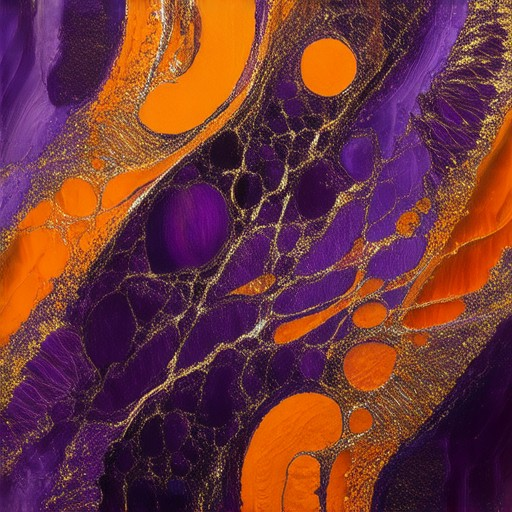
Artists Known for Fusion Jazz
Fusion jazz emerged in the 1970s as a genre that blended traditional jazz elements with influences from rock, funk, and even classical music. Several artists became synonymous with this innovative movement:
- Miles Davis – Known for his groundbreaking album On the Corner (1972), Davis pushed the boundaries of jazz fusion, incorporating elements of rock and funk. His work with band members like John McLaughlin and Wayne Shorter further expanded the genre’s possibilities.
- John McLaughlin – As leader of the Mahavishnu Orchestra, McLaughlin’s album Birds of Fire (1973) is often cited as a defining record in fusion jazz. His virtuosic playing and compositional skills set him apart.
- Herbie Hancock – With his 1973 album Head Hunters , Hancock popularized fusion jazz, combining complex harmonies with a driving rhythm section. His work remains influential today.
- Weather Report – Formed by ex-Miles Davis sideman Joe Zawinul, Weather Report’s Sweetnighter (1973) showcased their ability to merge jazz with rock and funk influences, creating a sound that was both experimental and accessible.
- Chick Corea – Known for his work with Return to Forever, Corea’s contributions to fusion jazz include groundbreaking albums like Light as a Feather (1973) and Spain (1973), blending jazz with classical and electronic elements.
- Steve Hackett – Best known for his time with Genesis, Hackett’s solo work in the late ’70s and beyond explored fusion territory, particularly on albums like Visions of the Inner Isles (1973).
The fusion jazz movement also saw contributions from artists like Don Ellis, whose Black Byrd (1972) was another significant release in the genre. This era marked a transformative time in jazz history, as musicians broke free from traditional constraints and embraced new sonic explorations.
For more information on fusion jazz and its key artists, explore our artist profiles and dive deeper into the genre’s timeline .
Why Was Fusion a Controversial Style of Jazz?
Fusion, a genre that emerged in the 1970s, blended jazz with elements from rock, funk, and even classical music, becoming a highly debated style within the jazz community. Its controversy stemmed from several factors:
-
Genre Blending : Fusion’s integration of electric instruments and non-traditional elements deviated significantly from conventional jazz, often upsetting purists who favored established forms. This departure from traditional structures and harmonies was seen by some as a betrayal of jazz roots.
-
Countercultural Associations : The fusion scene was closely linked to the counterculture movement, with clubs and festivals promoting experimental acts. This association with drug culture and unconventional lifestyles led to criticism from more conservative segments of society.
-
Technical Complexity : Fusion musicians were renowned for their virtuosic skills, which sometimes alienated audiences accustomed to simpler, more accessible music. The complexity could be perceived as overwhelming rather than inspiring.
-
Financial Struggles : Fusion artists often faced financial challenges, with record labels favoring more mainstream sounds. This financial strain may have contributed to a negative perception, as the genre struggled for recognition and commercial success.
While fusion remains a groundbreaking genre celebrated for its innovation, its controversial status reflects the tensions it created within the jazz community during its emergence. Over time, its influence has been acknowledged, though debates about its place in jazz history continue.
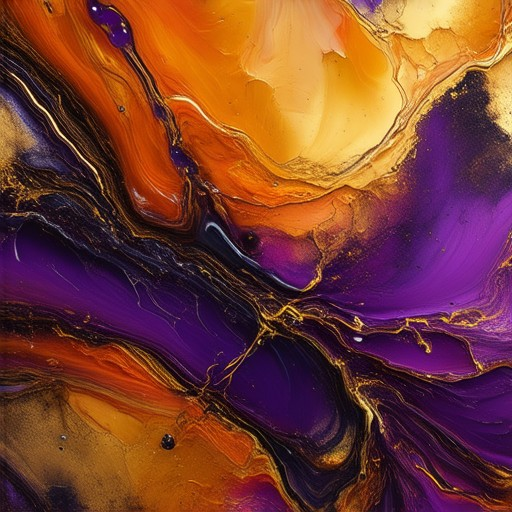
What Was the Smooth Jazz Controversy?
The smooth jazz genre, which emerged in the 1970s and 1980s, faced significant criticism and controversy during its peak popularity. This backlash was particularly fueled by the mainstream success of saxophonist Kenny G, whose 1992 album Breathless became a major hit and helped propel smooth jazz into the mainstream. Critics argued that the genre lacked musical depth and innovation compared to earlier forms of jazz, often describing it as overly commercialized and lacking in originality.
Origins of Smooth Jazz
Smooth jazz originated from a blend of jazz, funk, and pop influences, often featuring smooth melodies and relaxed rhythms. Artists like Lee Ritenour and David Sanborn were instrumental in shaping the genre, bringing a more accessible sound to mainstream audiences. While initially embraced for its versatility and appeal, the genre soon became a target for jazz purists who felt it diluted traditional jazz elements.
Backlash and Criticism
The controversy reached its peak during the mid-1990s, with critics accusing smooth jazz of prioritizing commercial success over artistic integrity. Many believed the genre’s reliance on catchy hooks and simplified arrangements alienated long-time jazz fans. Kenny G, in particular, became a lightning rod for criticism due to his immense popularity and the perceived lack of complexity in his music.
Impact on Jazz Culture
The smooth jazz controversy had a noticeable impact on the jazz community, leading to debates about genre boundaries and artistic expression. While some viewed the genre as a bridge between jazz and popular music, others saw it as a sellout. This divide continues to influence discussions about jazz’s evolution and its place in contemporary music culture.
Key Figures and Contributions
Despite the backlash, smooth jazz produced several notable artists and albums that continue to be celebrated today. Kenny G remains a significant figure, though his work has been polarizing. Other artists like Ritenour and Sanborn contributed to the genre’s development, blending jazz with elements of funk and soul to create a unique sound.
Legacy and Reassessments
Over time, smooth jazz has been reevaluated, with some critics revisiting its contributions and acknowledging its role in introducing jazz to a wider audience. However, the controversy it sparked remains a defining moment in the genre’s history, highlighting the tensions between artistic innovation and traditionalism.
Related Genres and Influences
The smooth jazz controversy also drew comparisons to other genres, including jazz fusion and contemporary jazz, which share similarities in their blending of styles. These connections have led to discussions about where jazz truly thrives when it strays from its roots.
For more information on smooth jazz and its cultural impact, explore the Smooth Jazz Wikipedia page and delve deeper into its origins and evolution.

Understanding the Difference Between Jazz and Jazz Fusion
Jazz and jazz fusion are two distinct genres of music that share common roots but diverge significantly in their sound, structure, and artistic approaches. Below is a detailed comparison to help clarify their differences.
Traditional Jazz
Traditional jazz, often referred to as straight-ahead jazz, is rooted in the musical traditions of Africa and Europe, particularly the African American musical tradition. It draws heavily from blues, ragtime, and European classical music, emphasizing improvisation, collective ensemble playing, and intricate rhythms. Key characteristics include:
- Emphasis on improvisation and spontaneity
- Complex rhythms and harmonies
- Focus on small group interactions
- Rooted in African American cultural heritage
- Notable artists: Miles Davis, John Coltrane, Charlie Parker
Jazz Fusion
Jazz fusion, also known as jazz-rock or fusion, emerged in the late 1960s and 1970s as a blend of jazz, rock, funk, and Latin music. It is characterized by its use of extended instrumental solos, a more experimental approach, and influences from various genres. Key characteristics include:
- Combines elements of jazz with rock, funk, and Latin music
- Focus on extended instrumental solos
- More experimental and progressive sound
- Often features electric instruments
- Notable artists: Herbie Hancock, Weather Report, Mahavishnu Orchestra
The primary distinction between the two lies in their musical elements and artistic goals. Traditional jazz focuses on improvisation within established harmonic frameworks, while jazz fusion pushes boundaries, incorporating elements from diverse genres and often exploring unconventional sounds.
Both genres have left an indelible mark on modern music, contributing to the rich tapestry of cultural and artistic expression that Tiger Funk celebrates.
Who Is the Father of Fusion Music?
Fusion music emerged as a genre in the late 1960s and early 1970s, blending elements of jazz, rock, funk, and world music. Among the most recognized figures in this movement is Larry Coryell , who has been widely regarded as the “Godfather of Fusion.” Over a stellar 50-year career, Coryell became synonymous with the genre, collaborating with jazz legends like Miles Davis, Chet Baker, Charles Mingus, and John McLaughlin.
Coryell’s innovative approach to combining traditional jazz techniques with rock influences laid the foundation for fusion music. His work with bands like Mahavishnu Orchestra and his solo efforts showcased his ability to push boundaries, making him a pivotal figure in the genre’s development.
While other artists like Herbie Hancock and Weather Report also played significant roles in shaping fusion music, Coryell’s influence and recognition as a foundational figure solidify his place as a central icon of the genre.
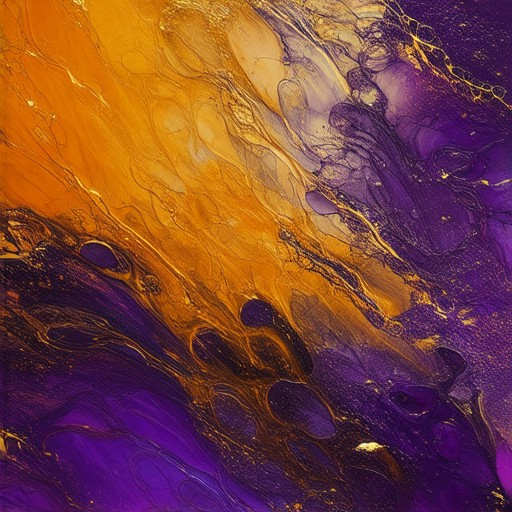
Who is Considered the Greatest Jazz Fusion Guitarist?
The greatest jazz fusion guitarist is often debated, but several stand out for their innovation and influence in the genre:
- John McLaughlin – Known for his groundbreaking work with Mahavishnu Orchestra and solo albums, McLaughlin is celebrated for his technical prowess and genre-blending abilities.
- Carlos Santana – While primarily known for rock and Latin music, Santana’s fusion projects, like “Santana,” showcase his masterful guitar skills and ability to merge styles.
- Miles Davis – Though not a guitarist himself, Davis’ influence on jazz fusion is immense, particularly through his collaborations with guitarists like John McLaughlin.
- Steve Vai – Renowned for his virtuosic playing, Vai has consistently pushed boundaries in jazz fusion, earning him a spot among the genre’s elite.
- Al Di Meola – A master of jazz fusion, Di Meola is celebrated for his ability to seamlessly integrate world music influences into his playing, as heard in “Return to the Kingdom of Madness.”
- Pat Metheny – Known for his innovative approach, Metheny’s work with the Pat Metheny Group redefined jazz fusion with his unique sound and compositional skills.
- Randy Brecker – Although primarily known as a saxophonist, Brecker’s contributions to jazz fusion through his leadership and collaborations make him a notable figure in the genre.
Each of these musicians has left an indelible mark on jazz fusion, blending improvisation, technical skill, and diverse musical influences to create a uniquely dynamic and evolving art form.

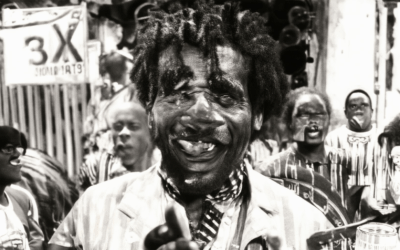

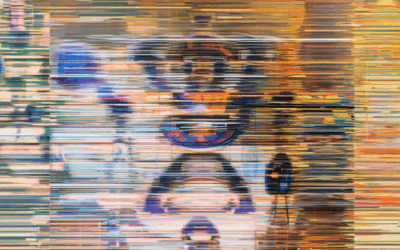
0 Comments